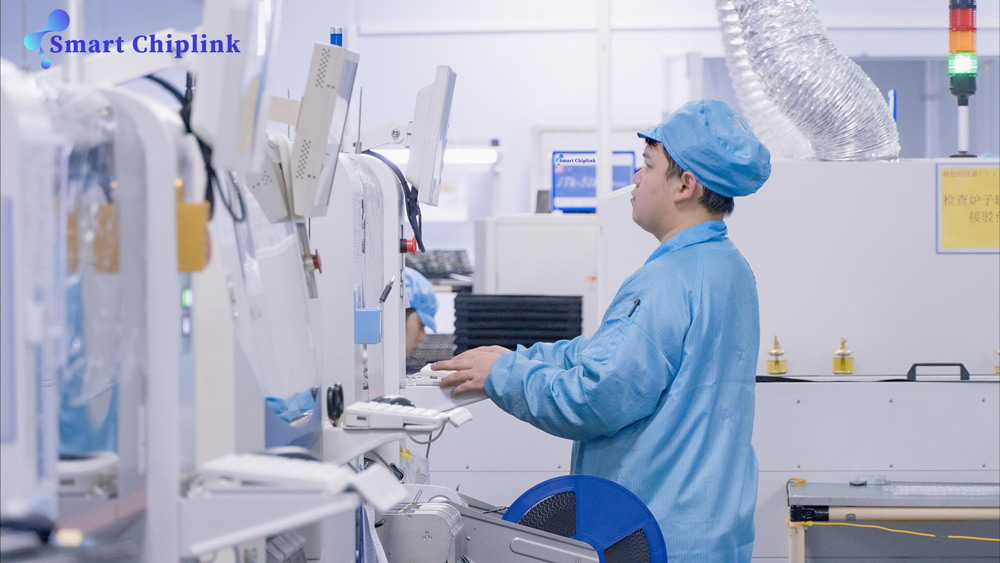In the world of electronics, terms like integrated circuits (ICs) and central processing units (CPUs) are often mentioned, sometimes interchangeably. However, while they are closely related, they are not the same. This article explores the relationship between integrated circuits and CPUs, clarifying their roles and distinctions in modern technology.
Understanding Integrated Circuits
An integrated circuit (IC) is a small electronic device made of semiconductor material, usually silicon, that contains a network of electronic components such as transistors, resistors, capacitors, and diodes. These components are interconnected to perform a wide range of functions. ICs are the building blocks of virtually all modern electronic devices, from simple household gadgets to complex supercomputers.
What is a CPU?
A central processing unit (CPU), often referred to as the "brain" of a computer, is a specific type of integrated circuit designed to execute instructions and perform calculations. The CPU is responsible for interpreting and executing most of the commands from the computer's other hardware and software. It performs the basic arithmetic, logic, control, and input/output (I/O) operations specified by the instructions.
The Relationship Between ICs and CPUs
While every CPU is an integrated circuit, not every integrated circuit is a CPU. The term IC is a broad category that includes a variety of chips with different functions. These can range from memory chips (like RAM and ROM) and logic chips to application-specific integrated circuits (ASICs) and microcontrollers.
CPUs as Specialized ICs
CPUs are specialized ICs that integrate a complex set of operations onto a single chip. Modern CPUs contain millions, even billions, of transistors, allowing them to perform complex tasks at incredible speeds. They are designed to handle a wide range of general-purpose computing tasks, making them versatile components in computers, servers, smartphones, and many other devices.
The design and architecture of CPUs involve multiple cores (processing units) within a single chip, enabling parallel processing and enhancing performance. Advanced features such as cache memory, pipelining, and hyper-threading are also integrated into CPUs to optimize their efficiency and speed.
Other Types of Integrated Circuits
Besides CPUs, there are many other types of integrated circuits, each serving specific functions:
Memory ICs: These include dynamic RAM (DRAM), static RAM (SRAM), and flash memory, which store data temporarily or permanently.
Analog ICs: These process analog signals and are used in applications like amplifiers, oscillators, and filters.
Digital ICs: These handle digital signals and are used in microprocessors, digital signal processors (DSPs), and logic gates.
Mixed-Signal ICs: These combine analog and digital functions on a single chip and are used in applications like data converters and communication systems.
Why the Confusion?
The confusion between ICs and CPUs often arises because the CPU is one of the most well-known and critical types of ICs in computing. As technology has advanced, the lines between different types of ICs have blurred, with many chips now incorporating multiple functions. For example, a system-on-chip (SoC) integrates a CPU, memory, input/output ports, and other components onto a single chip, further complicating the distinction.
In summary, while an integrated circuit is a broad category encompassing a wide range of electronic chips, a CPU is a specialized type of IC designed to perform processing tasks. Understanding this distinction is crucial for appreciating the complexity and versatility of modern electronics. As technology continues to evolve, the roles and capabilities of ICs, including CPUs, will undoubtedly expand, driving further innovation and development in the tech world.

 English
English




